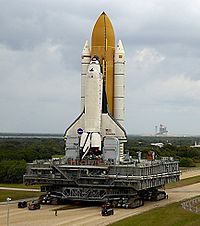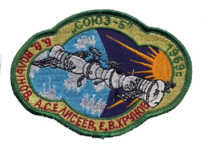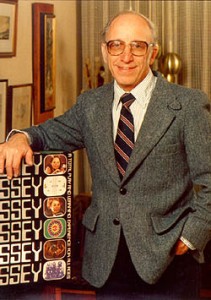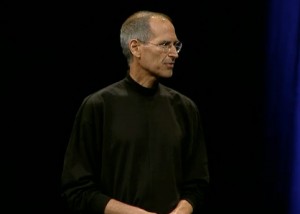Drudge Report Legitimizes Internet Reporting
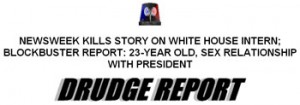 January 17, 1998
January 17, 1998
Matt Drudge breaks the story of the Bill Clinton–Monica Lewinsky affair on his website The Drudge Report. This incident brought to the limelight the emerging Internet news industry. Almost overnight it seems, traditional news media, especially newspapers, begin to lose ground to Internet news sources.
Computer is Used in the Discovery of New Planets
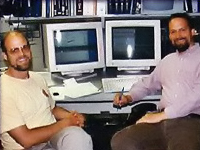 January 17, 1996
January 17, 1996
Paul Butler and Geoffrey Marcy announced to the American Astronomical Society that they had discovered two new planets using an unconventional computer technique to analyze the movement of stars. Since that time, thanks in part to their use of computer technology, Butler and Marcy have become known as “the world’s most successful planet hunters”.
Supreme Court Rules on Home VCR Recordings

January 17, 1984
The US Supreme Court rules 5-4 that private use of home VCRs to tape TV programs for later viewing does not violate federal copyright laws. This ruling opens the floodgate for VCR sales, changing the landscape of TV watching forever.
Space Shuttle Columbia Launches for Final Time
Famous for being the first Space Shuttle ever to be launched (mission STS-1), the Space Shuttle Columbia takes off for mission STS-107. This mission would prove to be its final one as Columbia disintegrated 16 days later on re-entry.
Soyuz 4 & 5 Make History
Soviet spacecraft Soyuz 4 and Soyuz 5 perform the first-ever docking of manned spacecraft in orbit, the first-ever transfer of crew from one space vehicle to another, and the only time such a transfer was accomplished with a space walk.
Wikipedia Goes Online; Bookshelves Clear Up
NCSA Opens
The National Science Foundation opens the National Center for Supercomputer Applications (NCSA) at the University of Illinois. In 1992 – 1993, Marc Andreesen would invent his Mosaic web browser while a student there, which he later transformed into Netscape. I remember opening the Mosaic program on a Mac in my dorm’s computer lab in 1993. Not knowing what it was, and because the homepage was set to the University of Illinois, I clicked around a few hyperlinks but quickly got bored. Little did I know what I had stumbled upon until several months later.
IETF Meets For the First Time
This day is the first meeting of the Internet Engineering Task Force. According to the IETF’s web site, “The mission of the IETF is to make the Internet work better by producing high quality, relevant technical documents that influence the way people design, use, and manage the Internet.” I’m sure this sounds boring to you, but if it wasn’t for them you probably wouldn’t be reading this right now!
The Birth of Video Games
Ralph Baer, generally considered the father of the video game industry, applies for a patent on a TV game system he designed. This patent eventually leads to the Magnavox Odssey, the first home video game machine. Ralph Baer is also well-known for many other products such as the electronic game SIMON.
Steve Jobs Goes on Hiatus
An internal Apple memo from Steve Jobs announced that he would be taking a six-month leave of absence, until the end of June 2009, to allow him to better focus on his health and to allow the company to better focus on its products without having the rampant media speculating about his health. It was later revealed that he required a liver transplant.

